Hi. I’m the Fibonacci Spiral. And I Might Be the Reason You Think That Thing Is Pretty.
So this math problem walks into a bar...
So, hi!
I’m the Fibonacci Spiral. But let’s not be formal. Call me Fibby. Or Fibs. Or “that weird swirl thing that shows up in museum gift shops and snail shells.”
The truth is, I’m everywhere. Not in a stalker-y, “I live in your microwave” kind of way—more like, “Oh look, there I am again, lurking in a pinecone, pretending not to be a mathematical pattern.” It’s not my fault. People are drawn to me. Pun intended. lol!
You’ve probably seen me a thousand times and didn’t even know it.
Technically, I’m built off the Fibonacci sequence (yes, that one from math class you tuned out of because Chad was chewing on your pencil again). You take a number, add it to the one before it, and keep going forever until your brain melts and you’re surrounded by sticky notes with numbers like “233” and “377” and you can’t remember what year it is.
Anyway, here’s where it gets cool: I show up in nature, art, architecture, and your Pinterest boards.
• Sunflowers? Me.
• Nautilus shells? Also me.
• Hurricane formations, galaxies, and the way your cat’s tail curls when it’s plotting murder? ME AGAIN.
You know that feeling when you look at something and think, “Why is that so weirdly perfect?” Like a golden ratio face or a Grecian temple or a croissant that’s been laminated 37 times and costs $8? That’s me too. I’m basically the math version of fairy dust. And. I’m. Every. Where.
Artists use me all the time—sometimes on purpose, sometimes by accident, because I sneak myself inside. Painters like Botticelli, David, and da Vinci built entire compositions around me.
Countless classical composers have used me to structure their symphonies. Even the bass clef looks like me. Come on now!
Even photographers and graphic designers sneak me into their work because I make things feel right. And by “right,” I mean “so beautiful it makes your eye twitch a little bit.”
But listen: I’m not just here to be pretty. I’m also here to remind you that there’s something deeply comforting about patterns—especially ones that feel infinite and cozy, like a spiral that hugs your soul a little as it curls.
So next time you see me—maybe in a rose, or a staircase, or the way your cinnamon bun refuses to unravel in a civilized manner—just know: it’s me. Spinny McMathface. Trying my best. Slightly anxious. Desperately symmetrical. Probably overthinking everything. But making the world a little more beautiful, one swirl at a time.
You’re welcome. Also, I think I need a nap. Or a snack. Or both.
Peace out!
Fibs
(NOW BACK TO AMANDA)
Wow.
Thanks to Fibs for breaking it down for us today. Truly a delight. Like a decorative snail with a calculator.
Now, full disclosure: I’m an artist. And some stereotypes are true. I barely graduated high school, and not because I was busy doing anything glamorous like smoking behind the gym. No. It was mostly because I couldn’t understand math. At all. A big thank-you to Mrs. Fielder, who dragged me through geometry by the hair like a woman possessed—though in her defense, I think she just wanted me gone.
So, when I say I’m not into numbers, please understand: that is an understatement. I am not into numbers the way cats are not into vacuum cleaners. The way toddlers are not into napping. The way I am not into group texts that begin with “Hey, ladies!”
But.
The golden ratio is different.
It’s elegant. Unassuming. The kind of math that wears a scarf. When you start to recognize it, you see it everywhere. In the swirl of a fern, the layout of a seashell, the spiral of your dog’s post-bath freak-out. Suddenly, the world starts looking suspiciously… intentional.
And if you’re an artist—especially the kind who paints a lot of flowers, angels, and cats in questionable sweaters—you start slipping that ratio in like a secret handshake. Not because anyone’s going to notice. Oh no. But because you will.
There are days I’ll be painting something—let’s say a chicken in a Victorian nightgown, for the sake of argument—and I’ll get to the end and think, Well, gosh This isn’t done, but I don’t know what’s missing. So I pull out my phone, overlay an image of the Fibonacci spiral overlay, and boom. I see it. The answer is right there. It’s been waiting patiently this whole time like a clue out of The DaVinci Code.
Faces lend themselves to the Golden Ratio especially. I like my faces extra crazy (I teach a whole course on this, if you are inetrested) and the only way to reign it in is a lock solid understructure. So, the old spiral comes in handy!
Sometimes I don’t even wait for the crisis. I just bake it into the composition from the beginning. For example…
This is the first-and-a-half underlayer of a floral I’m working on today. Can you see the Golden Ratio marked out? I had to use a ruller and everything!
Here, look at this again:
Because even when nothing else makes sense—when the world is loud, and messy, and the stock market is on fire and your cat just threw up on your tax paperwork—there’s comfort in the quiet logic of math. And that spiral. That sweet little whisper of this belongs *here.*
Stay tuned to see how this floral piece turns out and if you can see the spiral. She’s a big girl and she’s bringing lots of flowertastic friends.
Stay mathy!
Amanda
STEAL THIS IDEA
If you are new to this concept, I suggest a quick exercise to get you used to fun with golden spirals. I warn you: you’ll start seeing them everywhere!
“Spiral Spy” – A Golden Ratio Scavenger Hunt (for your sketchbook)
What you’ll need:
• A sketchbook or loose paper
• Your favorite pen or marker (bonus points if it smells like cherries)
• A phone or tablet with a golden spiral overlay
• 15–20 minutes and maybe a cup of coffee/tea/chaos
Step 1: The Spiral Drops In
Pull up a golden spiral overlay on your device and rotate it however you like—clockwise, counterclockwise, upside-down like it just woke up and doesn’t know where it is. Then, trace the spiral lightly onto your sketchbook page (you can freehand it too—it doesn’t have to be exact, this isn’t surgery).
Step 2: Hide and Seek
Now here’s the game: disguise the spiral.
Turn it into something. Anything. Let the spiral become the tail of a dragon, the curl of a fern, the swirl of an ice cream cone, the swoop of a dancer’s arm, or the path a bee takes through a field of flowers while having a minor existential crisis.
Your job is to turn that mathemagical shape into a whole composition—but sneakily. Make it subtle. Like the Fibonacci sequence is in witness protection.
Step 3: Pass It to a Friend (Optional but Fun)
If you’re feeling extra playful, hand the finished drawing to someone else and say,
“There’s a sacred mathematical code hidden in this drawing. Can you find it?”
Bonus points if you say it in a dramatic whisper and then disappear behind a curtain.
That’s it.
You just made a masterpiece that’s secretly sponsored by geometry and no one even noticed.
It’s basically math in a dress pretending to be art. And it works.

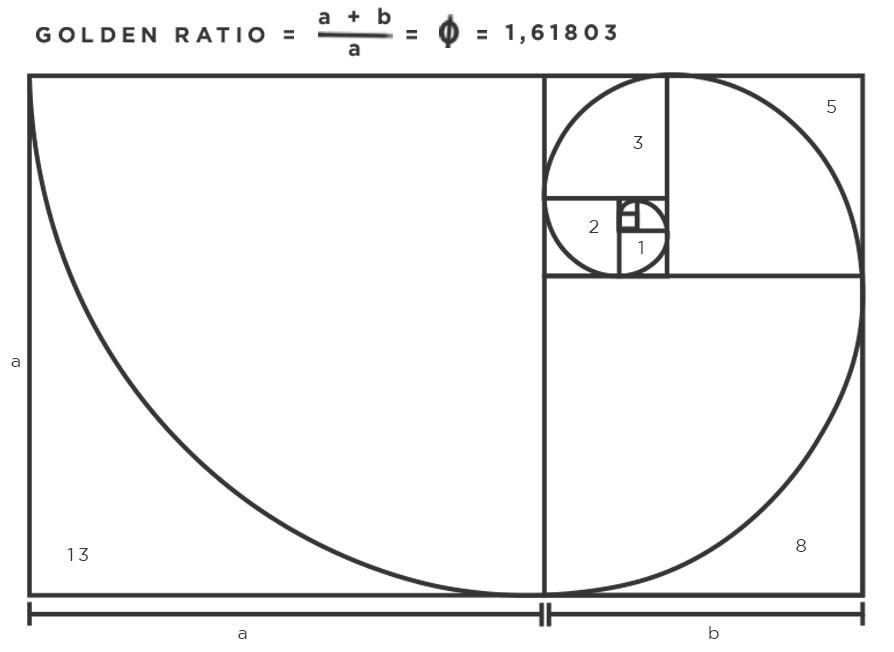
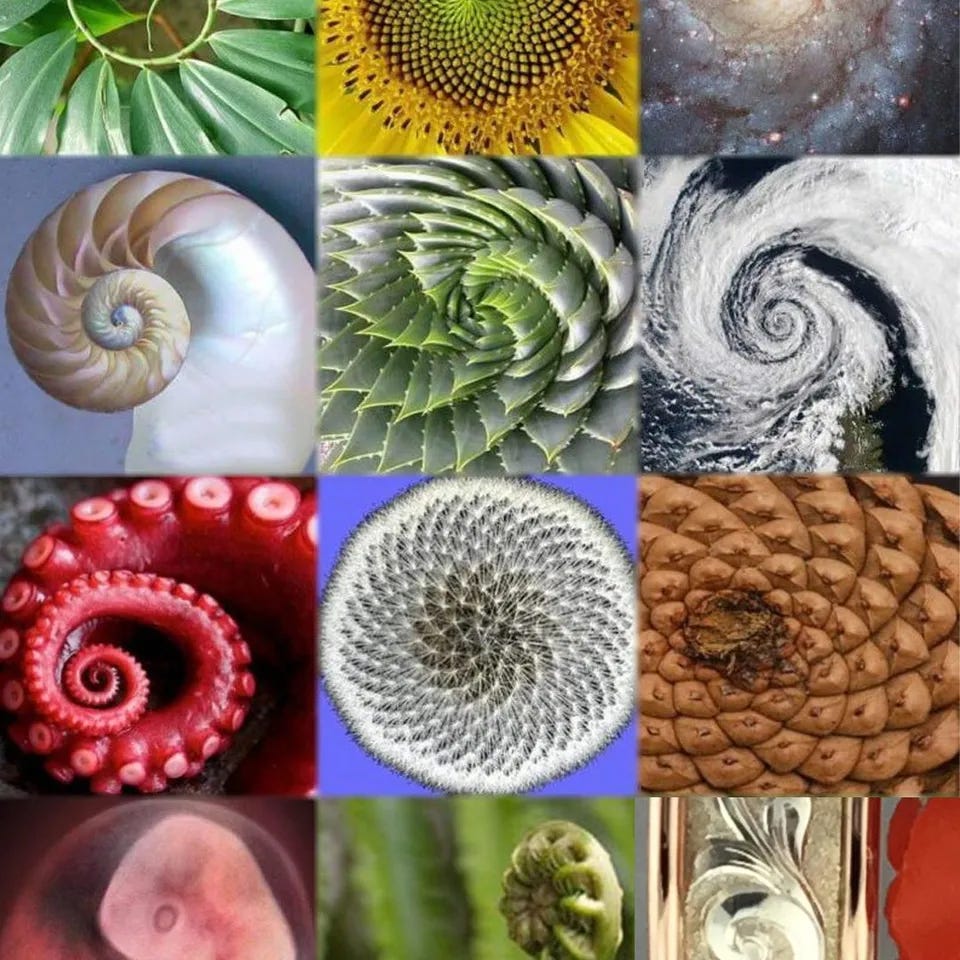
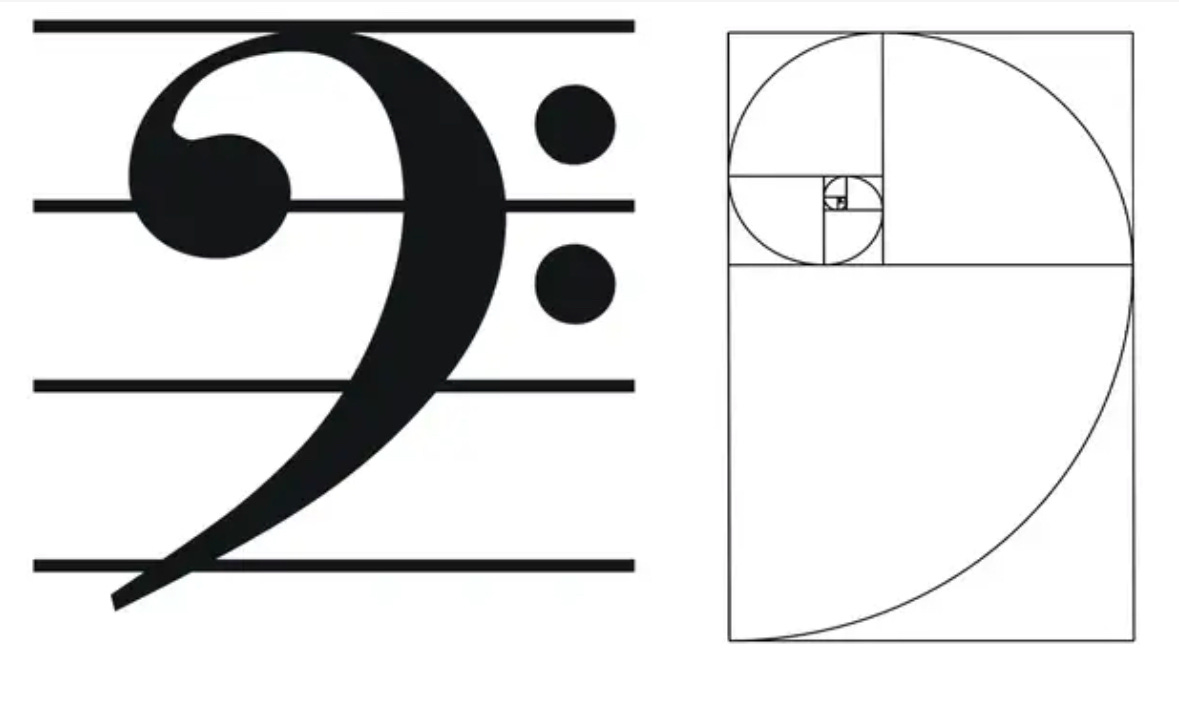
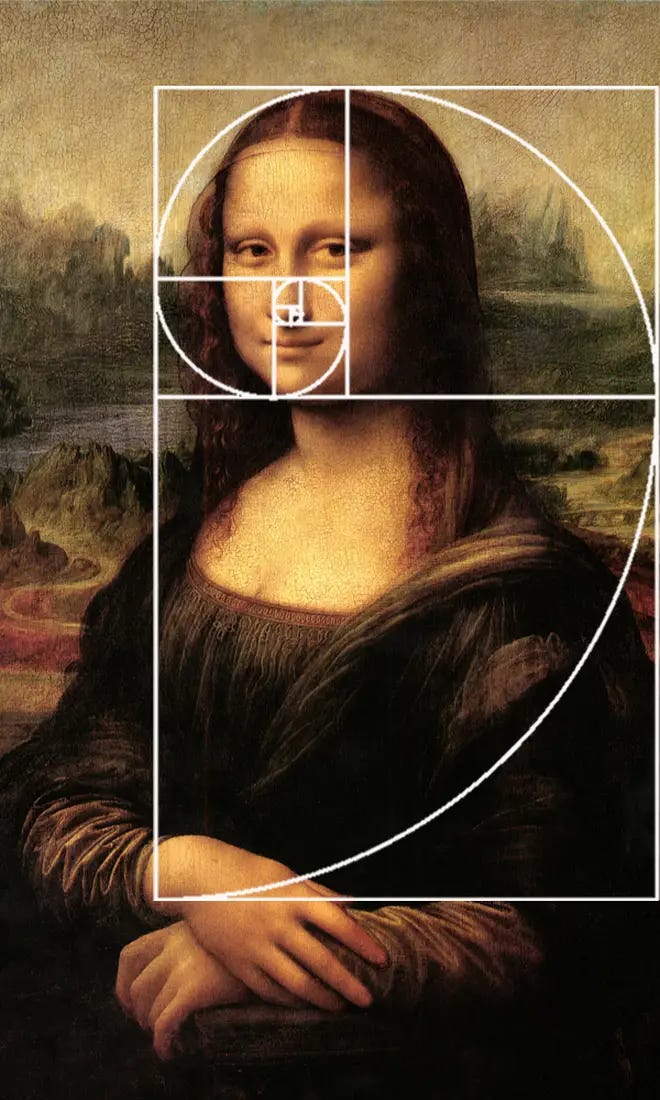
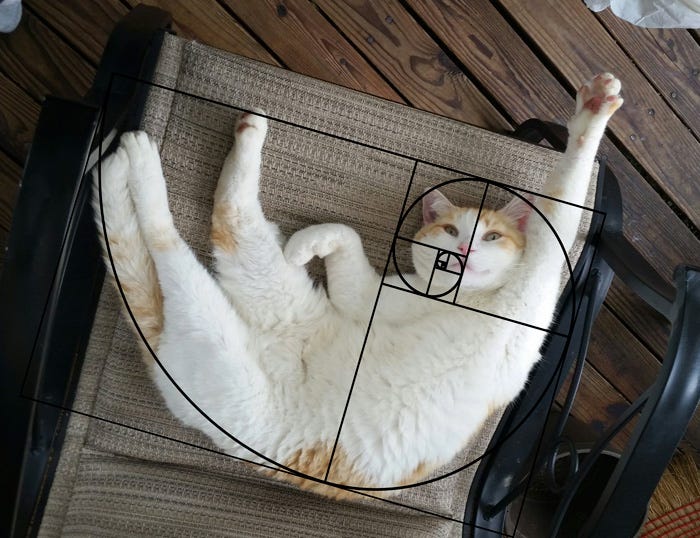
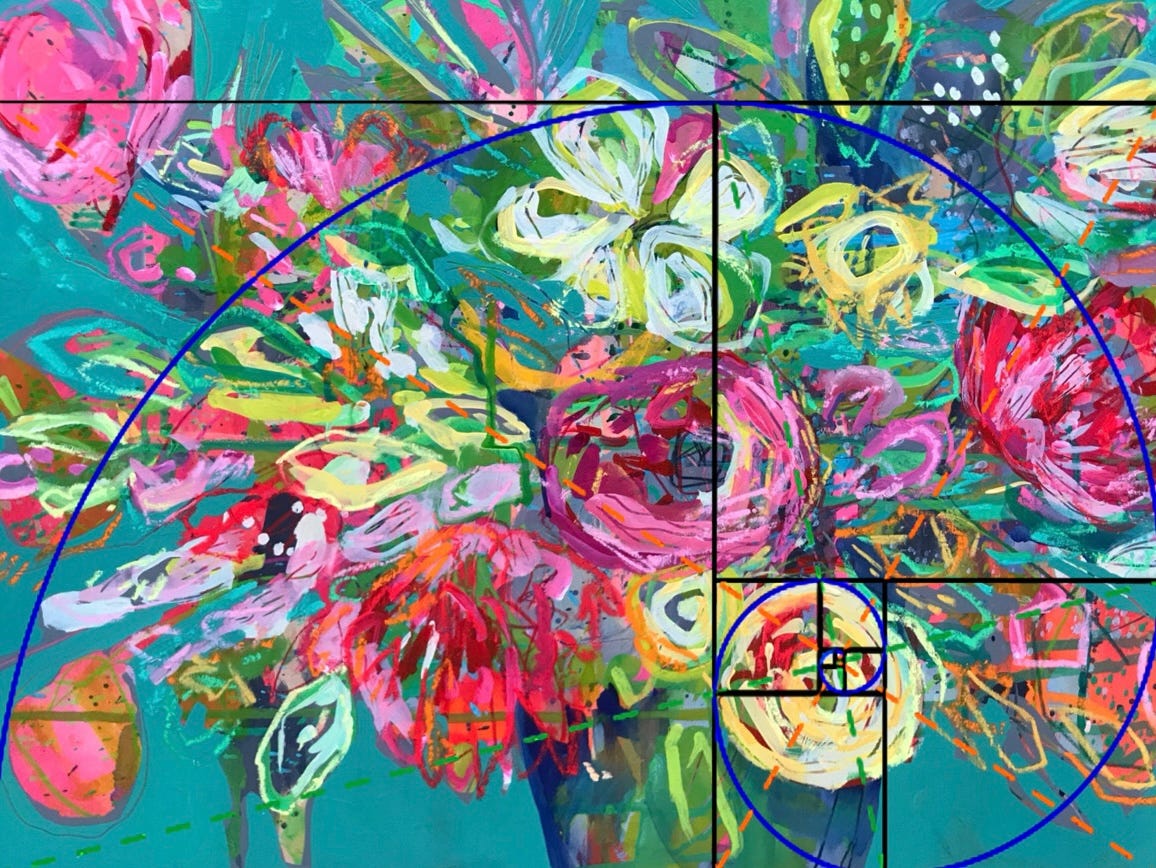
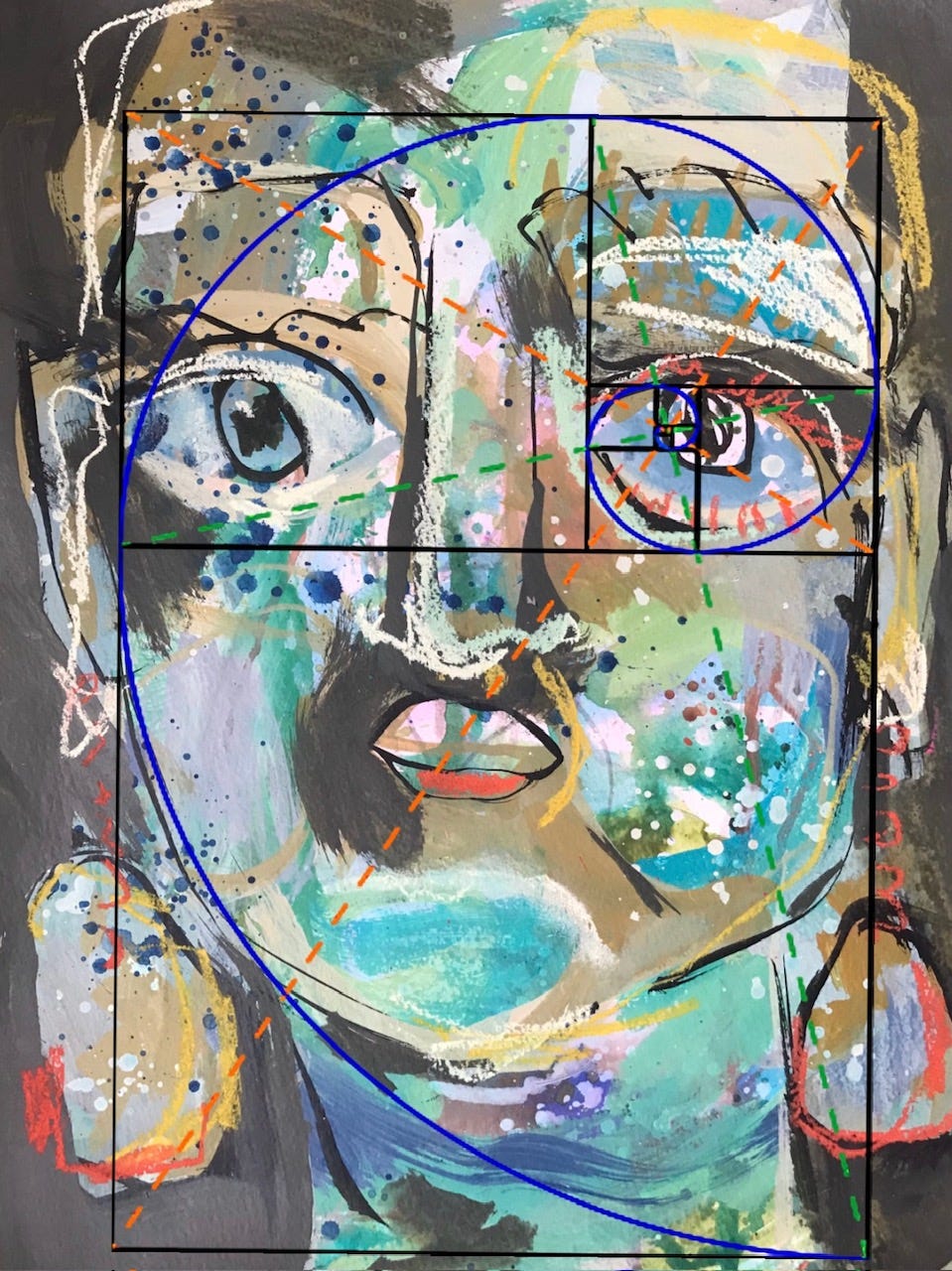
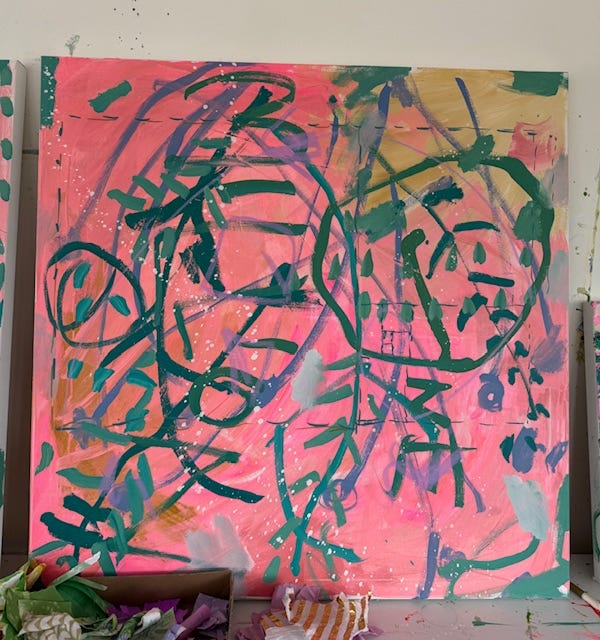
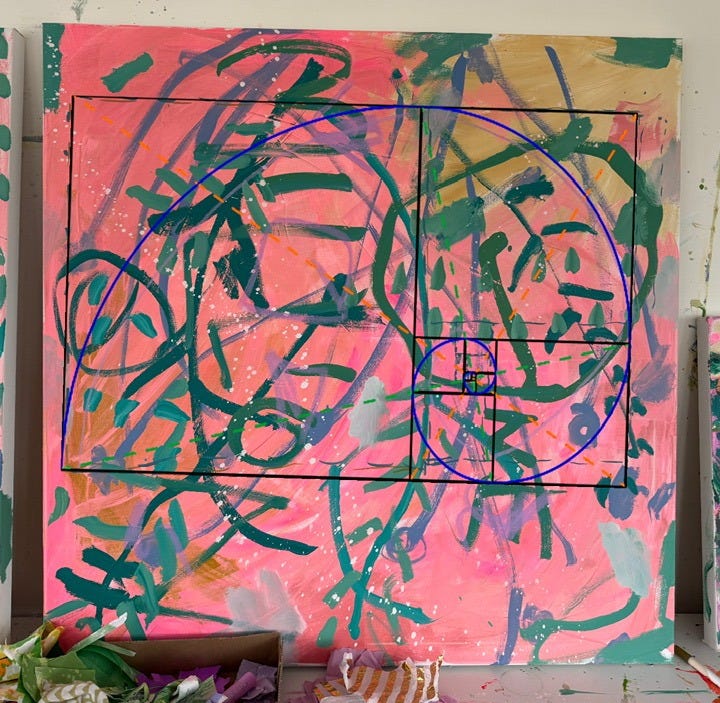
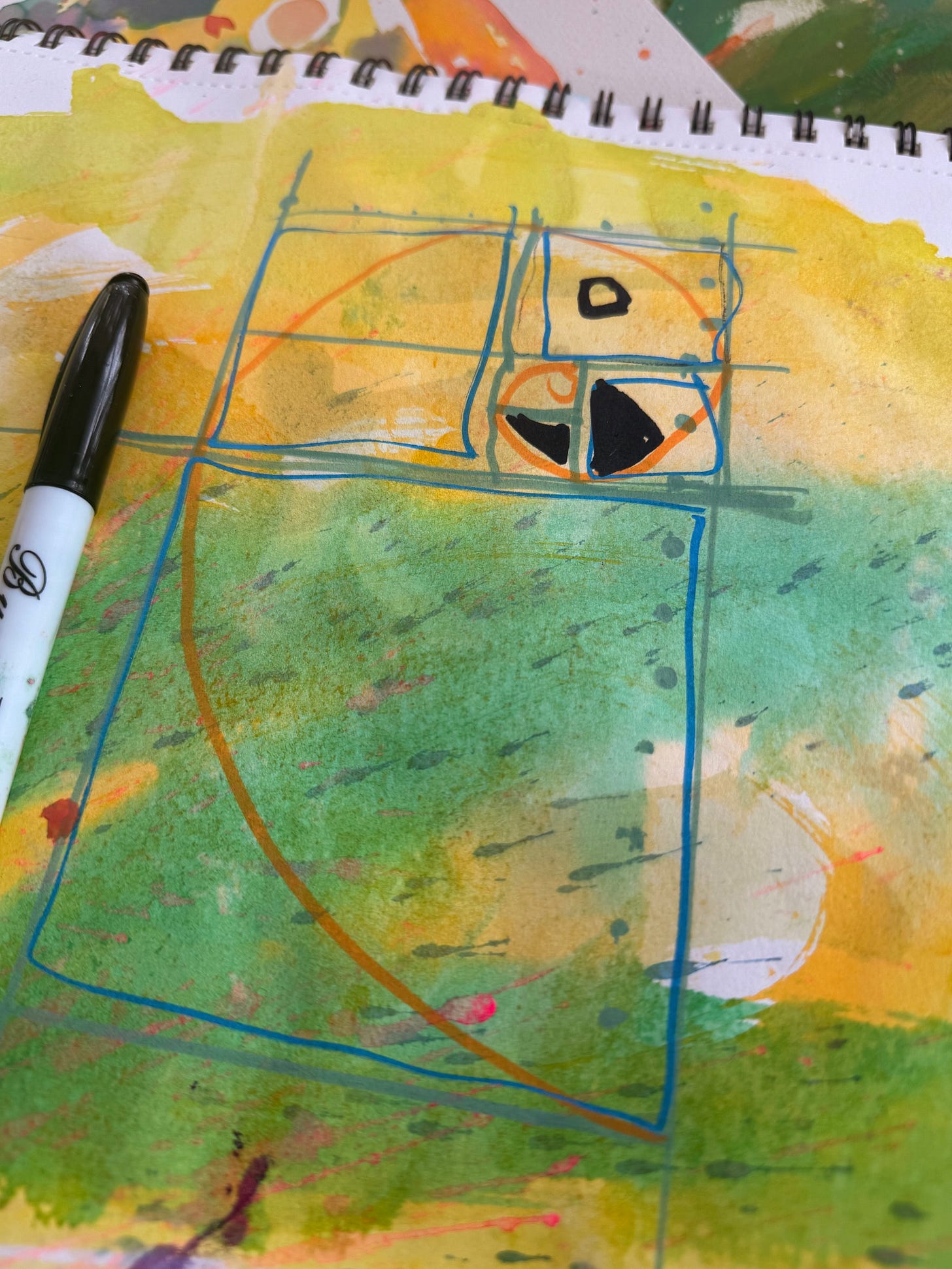
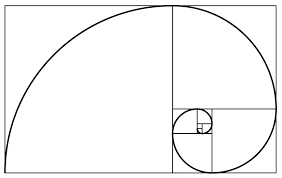
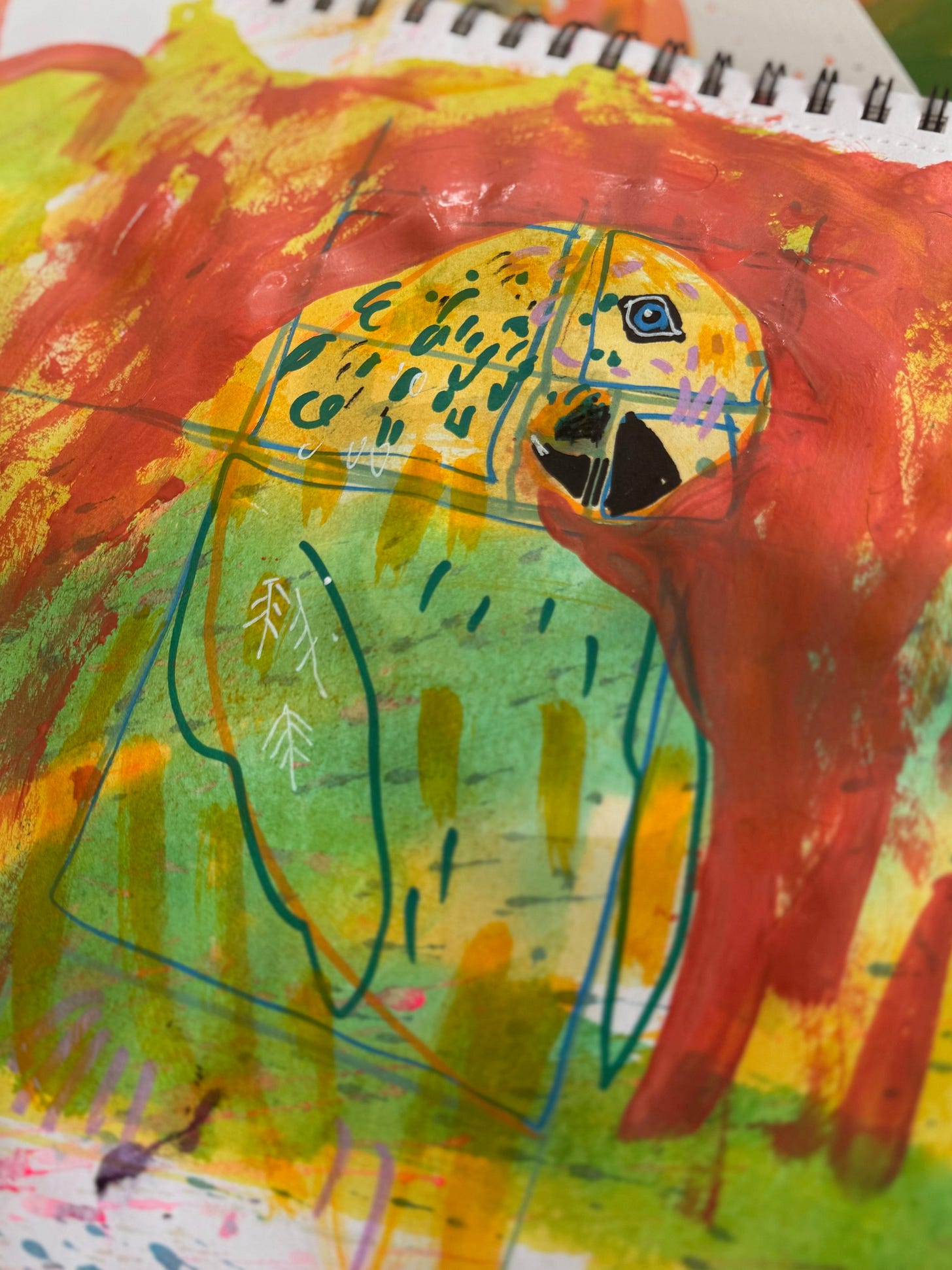
Oh this got my heart all a twitter and took me back to some math fun I did my last year of teaching kindergarteners. I got lost in learning about fibonacci spirals after watching some amazing videos about doodling, fibonacci spirals and plants done by Vi Hart. Check them out for pure learning and entertainment. But now I am going to get busy doing some sketches using the fibonacci spiral golden ratio.
Was never a numbers person either it pretty much gave me PTSD but geometry was and came a little easier. Love how it interconnects with art so beautifully, graciously and naturally. Great post Amanda